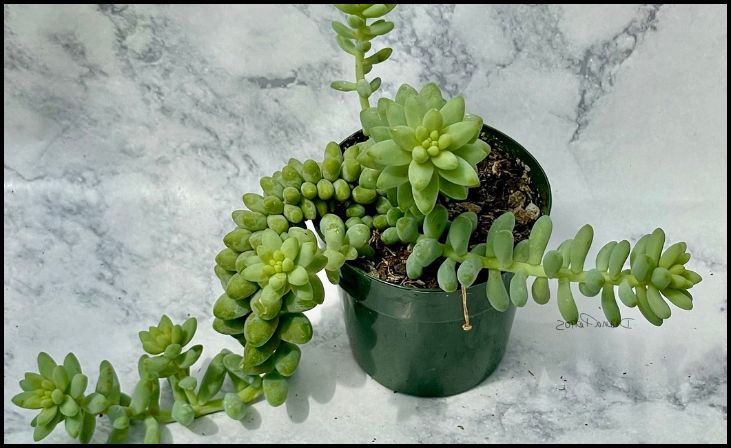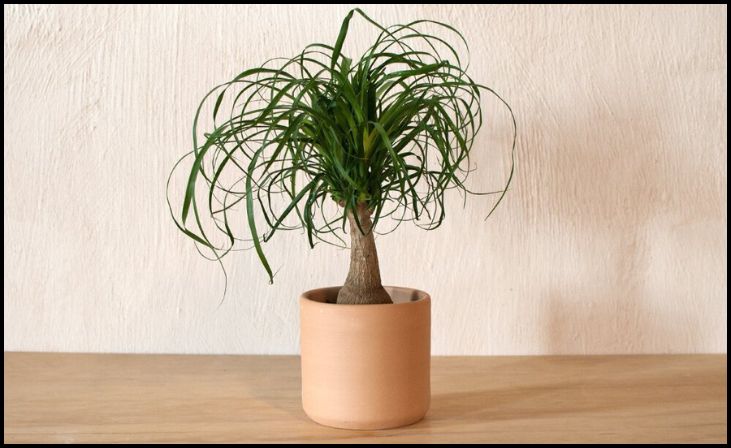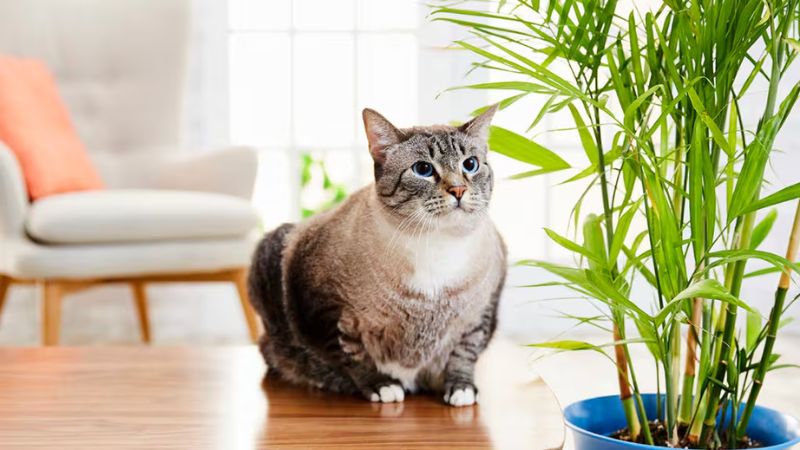Cats and plants often seem like a match made in heaven – until you realize that some common houseplants can be toxic to our feline friends. But fear not, plant lovers and cat enthusiasts! There are plenty of succulents that not only add beauty to your indoor space but are also safe for your curious kitties. In this guide, we’ll explore seven stunning succulents that you can confidently bring into your home without worrying about your cat’s well-being.
Spider Plant (Chlorophytum comosum)

The spider plant is not only one of the easiest plants to care for but also a safe option for households with cats. Its long, arching leaves are attractive to cats but won’t harm them if ingested. In fact, some cats even enjoy nibbling on the grass-like foliage. This resilient plant thrives in a variety of light conditions and can help purify the air in your home, making it a win-win for both you and your pet.
Hens and Chicks (Sempervivum tectorum)
Hens and chicks are charming succulents known for their rosette-shaped clusters of leaves. These hardy plants are perfect for beginners and can tolerate neglect, making them ideal for busy cat owners. Hens and chicks are non-toxic to cats, so you can display them on your windowsill or as part of a decorative arrangement without worry. Just be sure to provide well-draining soil and ample sunlight for these drought-tolerant beauties to thrive.
Echeveria (Echeveria spp.)
Echeverias come in a stunning array of colors, shapes, and sizes, making them a favorite among succulent enthusiasts. These rosette-forming plants are not only visually striking but also safe for cats. Whether you prefer the classic Echeveria ‘Lola’ with its pastel hues or the bold Echeveria ‘Black Prince’ with its dark foliage, you can enjoy these succulents knowing that they pose no harm to your furry companions.
Burro’s Tail (Sedum morganianum)

The trailing stems of the burro’s tail succulent make it a unique addition to any indoor garden. This plant, also known as donkey’s tail, features fleshy, blue-green leaves that cascade gracefully over the edges of containers. Despite its delicate appearance, the burro’s tail is tough enough to withstand a cat’s playful swats. Plus, its non-toxic nature means you can display it in hanging baskets or on high shelves without concern.
Christmas Cactus (Schlumbergera bridgesii)
The Christmas cactus is a popular holiday plant known for its vibrant blooms and easy-care requirements. Unlike traditional cacti, this succulent hails from the rainforests of Brazil and thrives in humid conditions. Luckily, it’s also safe for cats, so you can enjoy its festive flowers without worrying about potential toxicity. With proper care, your Christmas cactus may even reward you with a stunning display of blossoms year after year.
Zebra Plant (Haworthiopsis attenuata)
With its striking stripes and compact growth habit, the zebra plant is sure to catch your eye. This small succulent is native to South Africa and prefers bright, indirect light. It’s also non-toxic to cats, making it a great choice for pet-friendly homes. Whether you place it on a desk, shelf, or windowsill, the zebra plant adds a touch of modern elegance to any space while providing peace of mind for pet owners.
Ponytail Palm (Beaucarnea recurvata)

Despite its name, the ponytail palm is not a true palm but rather a succulent native to Mexico. Its swollen trunk stores water, allowing it to withstand periods of drought with ease. This low-maintenance plant is safe for cats and adds a touch of tropical flair to any room. With its cascading foliage and architectural form, the ponytail palm is sure to become a conversation starter in your home.
Conclusion
Bringing plants into your home shouldn’t mean sacrificing the safety of your beloved pets. With these seven succulents, you can create a beautiful indoor garden that both you and your cat can enjoy. From the classic spider plant to the elegant ponytail palm, there’s a non-toxic succulent to suit every style and space. So go ahead, green up your home and give your feline friend some new foliage to explore – it’s a win-win for everyone.






